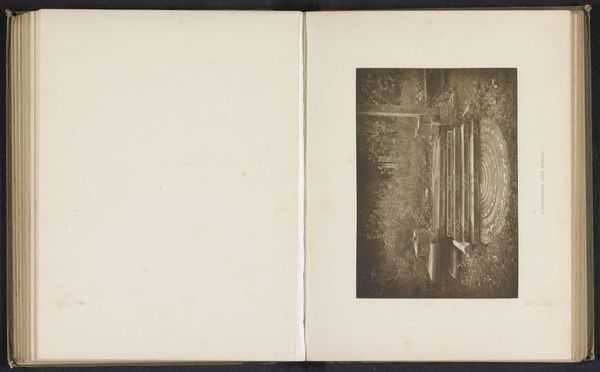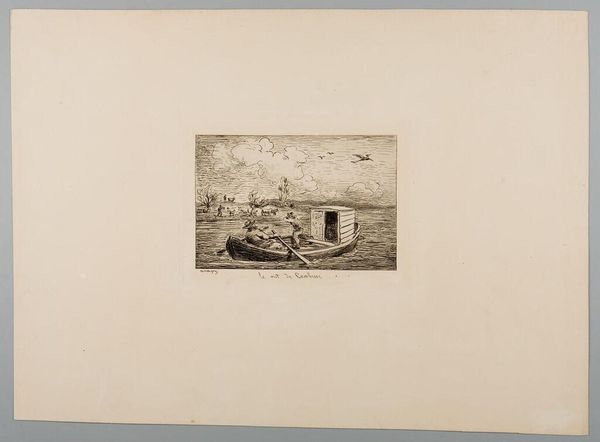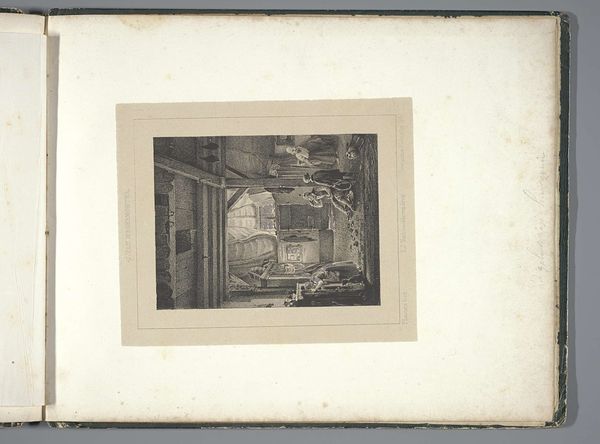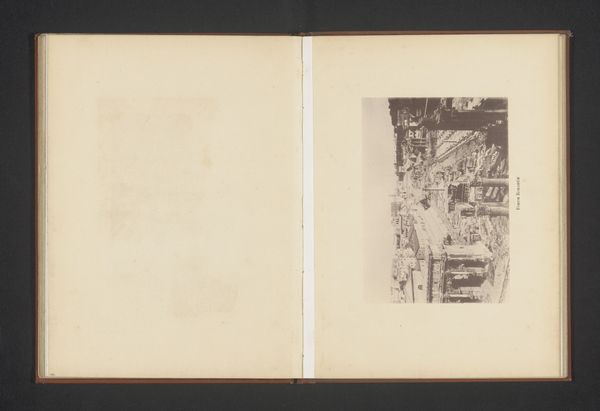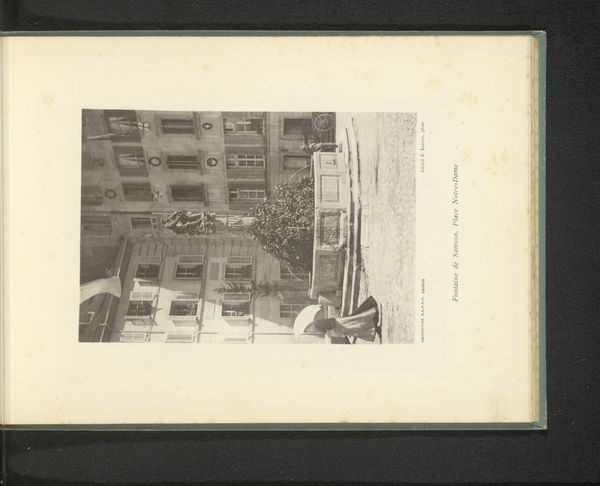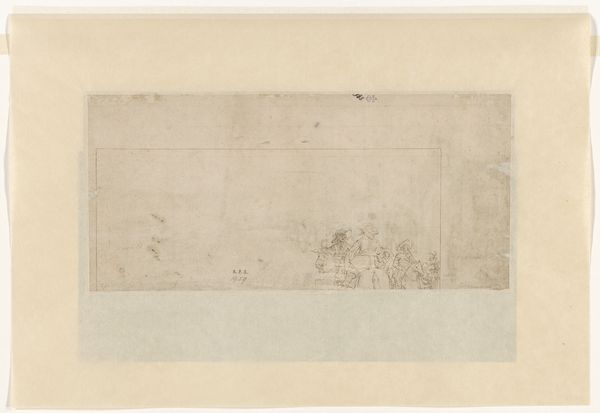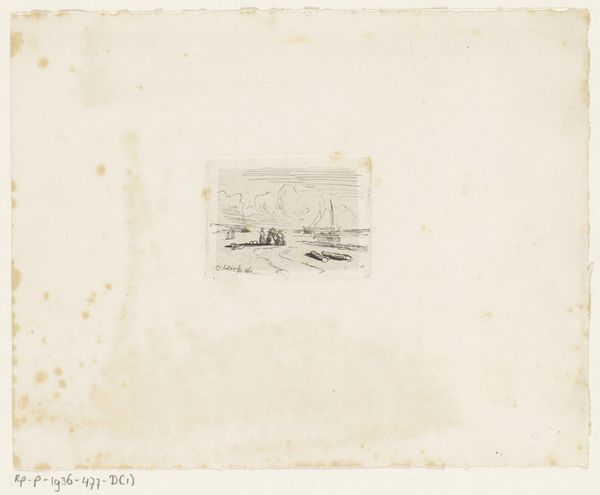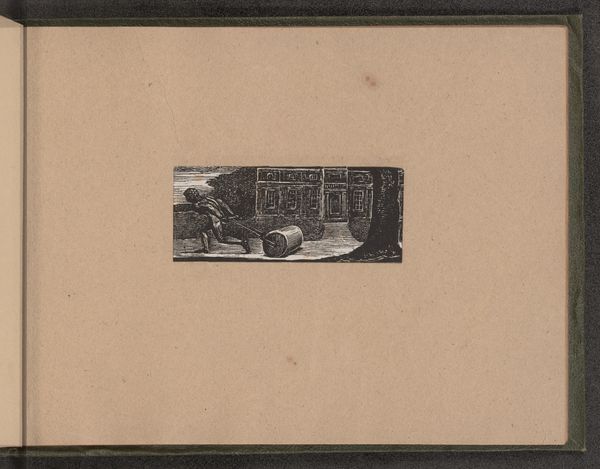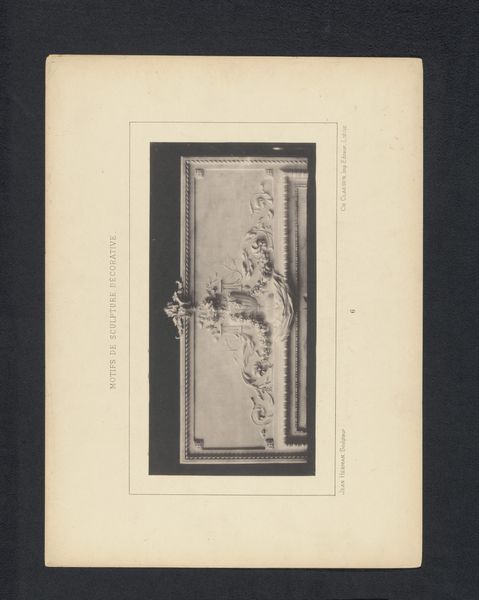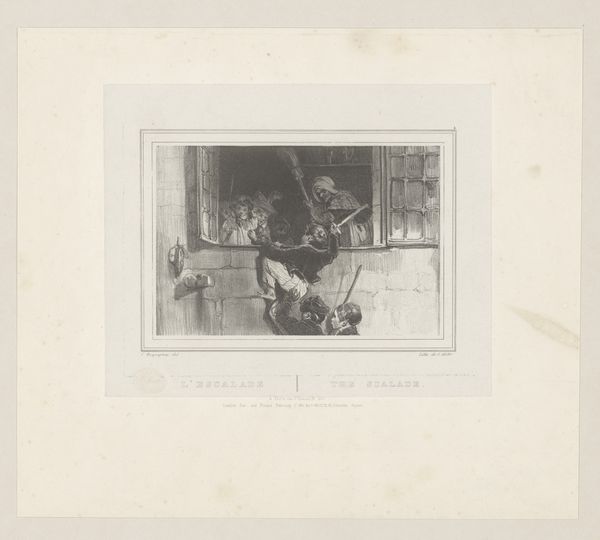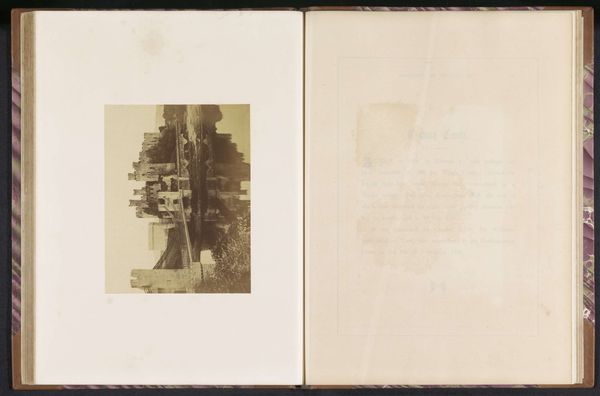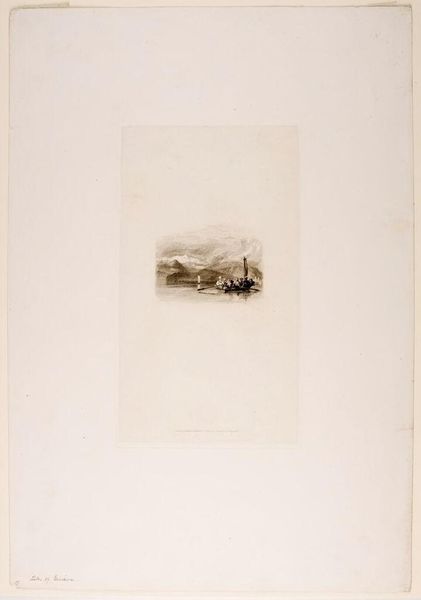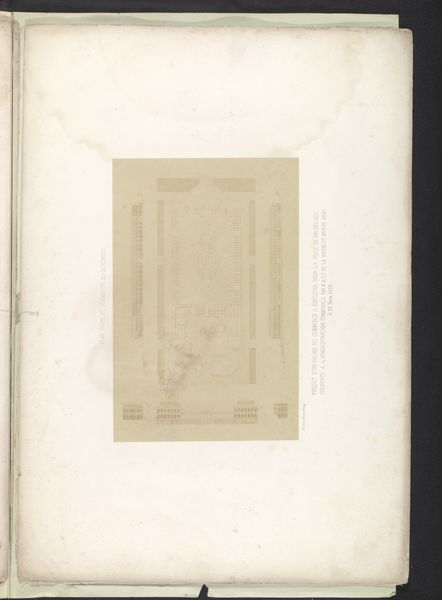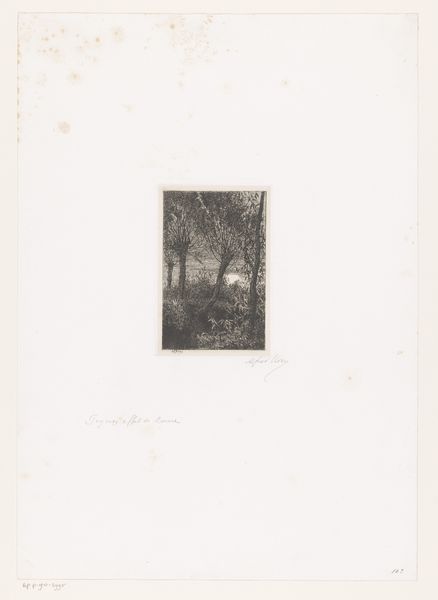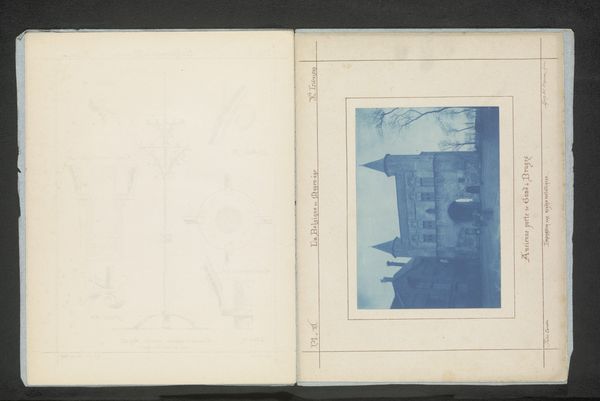
drawing, paper, pencil, architecture
#
drawing
#
etching
#
paper
#
pencil
#
academic-art
#
watercolor
#
architecture
Dimensions: overall: 24.1 x 35 cm (9 1/2 x 13 3/4 in.)
Copyright: National Gallery of Art: CC0 1.0
Curator: Ah, this detailed study immediately suggests a stage set, doesn't it? Such calculated restraint! Editor: It does evoke a theatrical space. The subject here is “Study of Cafeteria: West Elevation,” created around 1939 by Eggers and Higgins, Architects, rendered in pencil and watercolor on paper. The linear perspective, especially, is quite deliberate. Curator: Notice how the implied lines converge precisely at the vanishing point, reinforcing the symmetry, a classical trope signaling order and stability. What draws my eye is the balance between representation and abstraction in its structural elements. The bare architectural facade serves almost as a canvas. Editor: The image of an Eden-like garden can be seen through a curtained window. Garden scenes are classic symbols for harmony, growth and renewal; what statement could the artist be trying to convey by juxtaposing this against the sterility of this planned architecture? It looks almost like paradise, on display but unattainable. Curator: Perhaps it’s a reflection on the limitations of architecture itself? Despite the architect's vision, true utopia remains elusive. Yet the very act of depicting this space, in such controlled lines, expresses the eternal human desire to impose order. The medium--delicate lines of pencil--underscores this human endeavor. Editor: Or, it could suggest that the architecture *frames* paradise, suggesting humanity's unique position between artifice and nature? Cafeterias, after all, are about nourishment and community, thus creating an artificially 'natural' social space. This perspective teases us with an unobtainable yet familiar view. Curator: The drawing, for all its rigid lines, manages to transcend its technical purpose. It offers instead an intriguing exploration into themes of control versus freedom and idealization versus reality. Editor: In that case, maybe what strikes me most about “Study of Cafeteria: West Elevation,” then, is that this blueprint shows humanity trying to tame nature to feed its stomach and its soul!
Comments
No comments
Be the first to comment and join the conversation on the ultimate creative platform.
